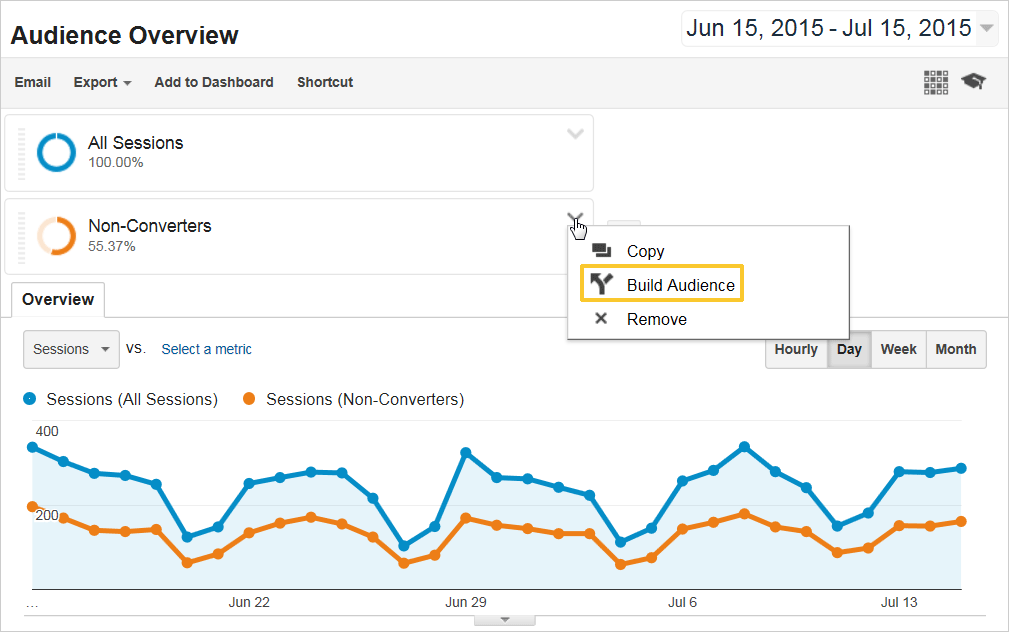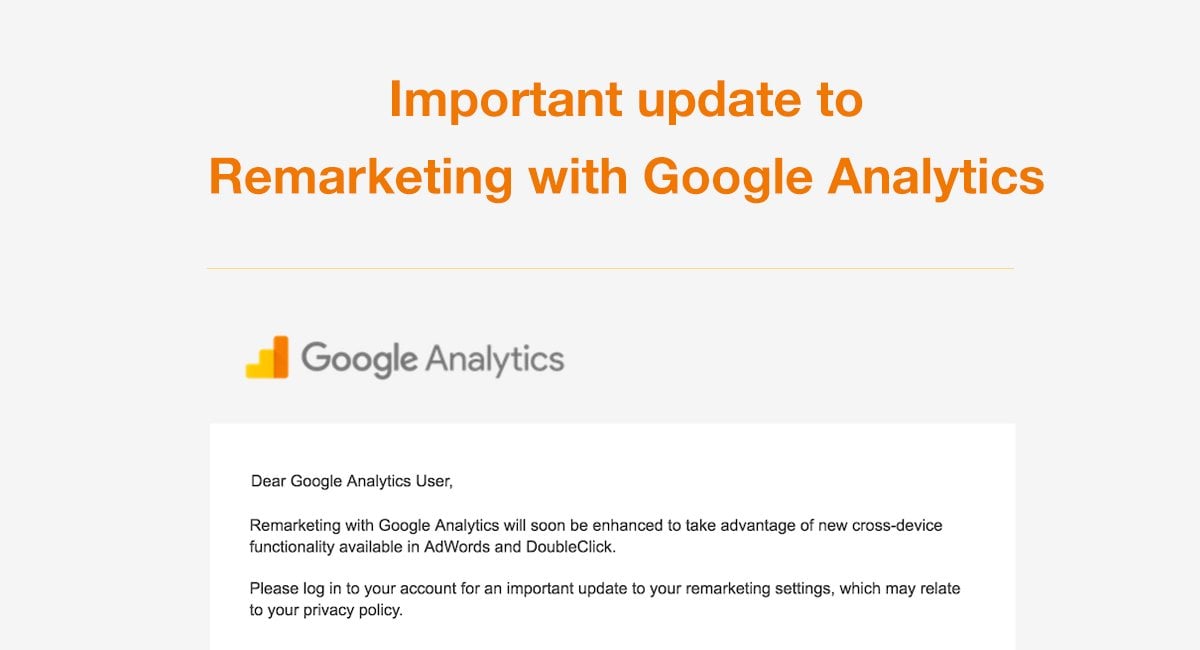Step-by-Step Tutorial: Remarketing In Google Analytics
Step-by-Step Tutorial: Remarketing In Google Analytics
Blog Article
Using Remarketing in Google Analytics: A Comprehensive Guide
Using remarketing in Google Analytics supplies services a calculated side in reaching out to possible consumers. This overview will shed light on the crucial steps entailed in using the complete capacity of remarketing in Google Analytics, leading to improved marketing end results.
Recognizing Remarketing in Google Analytics
Remarketing in Google Analytics permits services to tactically target users that have previously connected with their site or mobile application. By leveraging data from Google Analytics, businesses can develop personalized remarketing lists based upon user actions, such as web pages gone to, activities taken, or certain goals attained. This powerful device allows companies to re-engage with customers who have actually shown passion in their service or products, inevitably enhancing the chance of conversion.
Comprehending the various kinds of remarketing approaches is critical for an effective campaign - What Is “Remarketing” In Google Analytics?. Google Analytics uses various choices, including common remarketing, vibrant remarketing, and remarketing lists for search advertisements (RLSA) Each type serves an one-of-a-kind purpose and can be customized to meet particular marketing purposes
Moreover, evaluating the performance of remarketing projects is crucial for maximizing results. Google Analytics gives beneficial insights right into the performance of various remarketing techniques, enabling services to make data-driven choices and improve their targeting approach. By continuously checking and readjusting remarketing efforts based on analytics data, companies can maximize ROI and drive success in their marketing efforts.
Establishing Remarketing Campaigns

After establishing target market lists, the next action is to connect Google Analytics with Google Ads. By linking these 2 systems, services can perfectly transfer target market listings from Google Analytics to Google Ads for remarketing objectives. This combination enables even more exact targeting and better project efficiency.
Once the accounts are connected, services can create remarketing projects in Google Ads using the target market notes formerly specified in Google Analytics. These campaigns can be tailored with particular advertisement creatives, messaging, and bidding strategies to properly re-engage with previous visitors and drive conversions. By adhering to these steps, organizations can take advantage of the power of remarketing to enhance their advertising and marketing efforts and raise ROI.
Utilizing Target Market Segmentation Approaches

Predefined sections in Google Analytics permit you to rapidly examine common target market classifications like new customers, returning users, or individuals that finished a certain objective on your site. Custom-made sectors, on the various other original site hand, enable you to create distinct sections based upon particular standards that are necessary to your company goals. Dynamic remarketing checklists instantly readjust based upon customer behavior, showing individualized ads to customers that have actually interacted with your site particularly means.
Studying Remarketing Efficiency Metrics
Upon assessing the performance of remarketing projects in Google Analytics, the analysis of crucial performance metrics supplies beneficial insights into audience involvement and conversion rates. By diving right into metrics such as click-through rates (CTR), conversion prices, cost per procurement (CERTIFIED PUBLIC ACCOUNTANT), and return on ad invest (ROAS), online marketers can gauge the success of their remarketing efforts. Assessing these metrics allows marketing experts to optimize projects, improve audience targeting, and allot budgets properly to enhance general remarketing efficiency.
Maximizing Remarketing Techniques
When refining remarketing strategies in Google Analytics, concentrating on audience segmentation is extremely important for achieving campaign success. By separating your target market into particular segments based upon their actions, demographics, or interests, you can tailor your ads a lot more effectively to he said each group. This targeted method boosts the possibility of engaging individuals that have actually currently revealed interest in your services or products, leading to higher conversion rates.
Another important facet of maximizing remarketing approaches is continuously testing and refining your projects (What Is “Remarketing” In Google Analytics?). A/B screening various advertisement creatives, messaging, or deals can aid you recognize what reverberates best with your audience and drives the most conversions. By evaluating the performance of these tests in Google Analytics, you can make data-driven decisions to optimize your remarketing efforts further
In addition, leveraging vibrant remarketing can significantly boost your project results. This attribute enables you to show individualized ads to users based on their like it past communications with your internet site, showcasing items or solutions they have actually formerly checked out. By supplying customized material to users based on their passions and actions, dynamic remarketing can aid raise interaction and drive conversions.
Final Thought
Finally, harnessing remarketing in Google Analytics is a critical technique to target users that have actually formerly engaged with a site. By developing tailored target market listings and using target market division techniques, businesses can maximize remarketing advocate raised conversion prices. Analyzing efficiency metrics and continuously maximizing methods are vital for making best use of the efficiency of remarketing efforts.
Google Analytics uses various alternatives, including common remarketing, dynamic remarketing, and remarketing listings for search advertisements (RLSA)After setting up target market lists, the following action is to link Google Analytics with Google Advertisements. By connecting these two platforms, organizations can perfectly move audience listings from Google Analytics to Google Advertisements for remarketing purposes.When the accounts are connected, companies can produce remarketing campaigns in Google Ads making use of the audience notes formerly specified in Google Analytics.When refining remarketing strategies in Google Analytics, focusing on target market division is vital for achieving project success.
Report this page